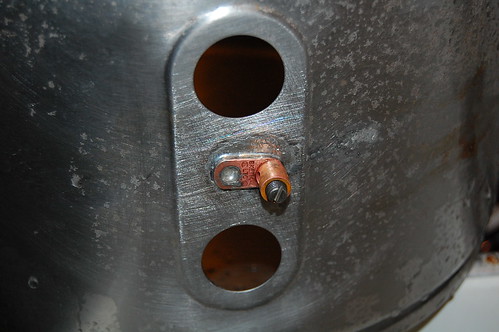GreenMonti
Well-Known Member
- Joined
- Nov 29, 2009
- Messages
- 1,268
- Reaction score
- 67
Nice handy work! That will likely solder up real nice and strong. Looks to me like you solved the "tool" mystery. Thanks for not keeping it a secret...that was lame huh?
I read other threads too. You don't have to be rude where you don't think it wont be noticed.
I made the thread too try and help others out. I just haven't given up "my" way of doing it. I did try and help and it quickly got lost, by people thinking I am not being part of the crowd. That's fine.
What's the saying.....Give a man a fish and feed him for a day, but teach a man to fish and feed him for a lifetime. Something like that right?
Edit: Sorry, I know this is off topic. But I have been waiting for this to come out about me on this subject.
I apologize to Bargainfittings for messing up the topic.






